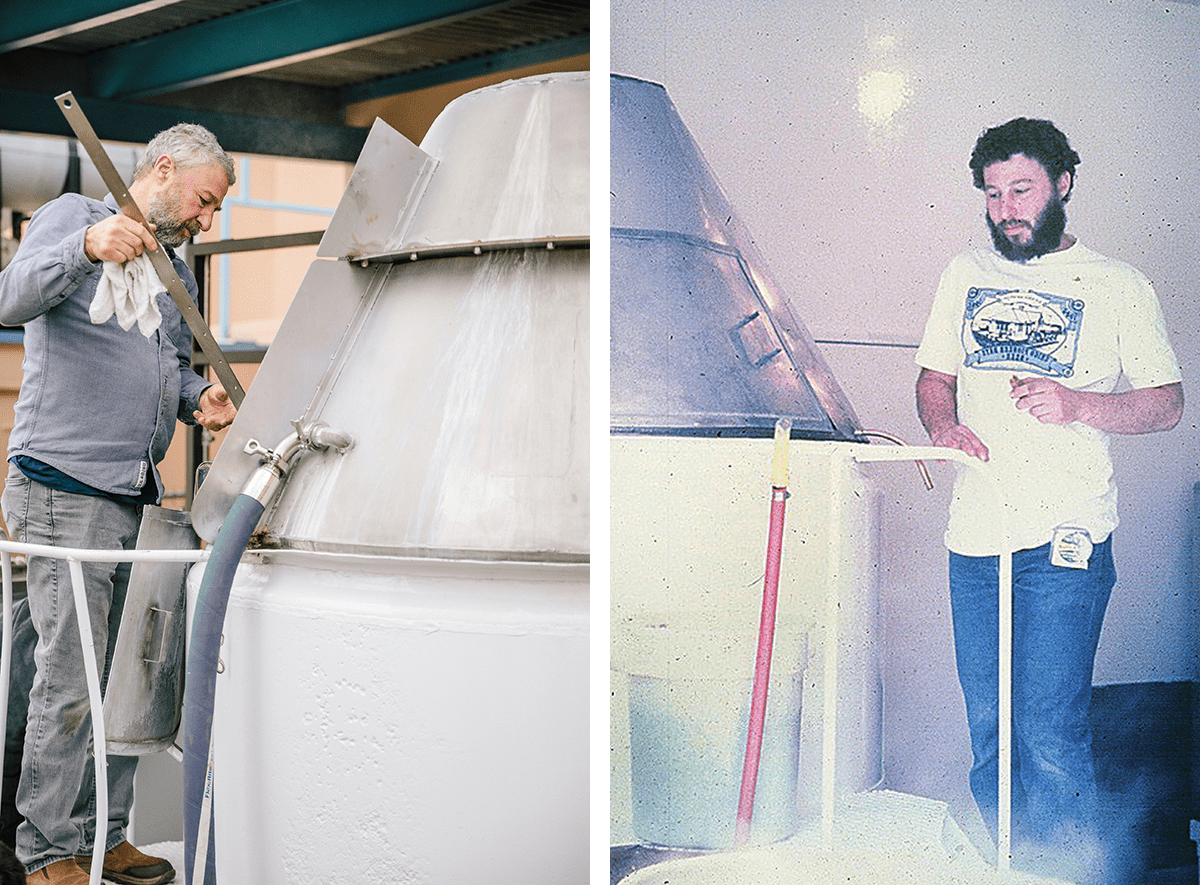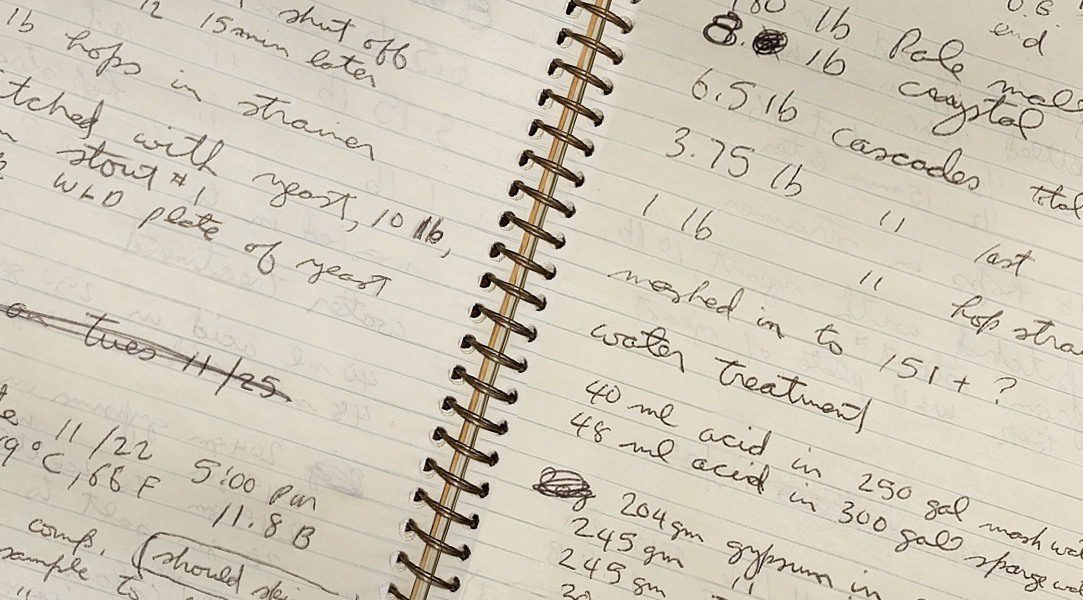Early on, it seemed the Sierra Nevada Pale Ale recipe could end up crumpled and tossed in the trash. When founder Ken Grossman first introduced Pale Ale to local Chico bars, he mostly got the boot.
“Probably 90 percent of [people] or more hated it,” he said, but Ken held tight to the silver lining. “The 10 percent who loved it, loved it.”
It was a bold move in 1980, making your flagship a hop statement. There was a “homogenization of beer at the time,” Ken says, and dull flavor was essentially the default.
But that trend didn’t sway his vision: Define a style.
“Pale Ale was sort of born out of trying to balance the technology we had at that time as brewers and [making] a product that would leave a lasting impression on the drinker,” Ken says. “And we wanted it to have a distinctive hop character.”
Armed with “glorified home brewery equipment” and a new American hop variety called Cascade, Ken unleashed that famous bouquet of citrus, pine and spice. Soon it would change tastes, make hops famous, and help revive an entire industry. Almost a half-century later, Pale Ale still intrigues the collective craft beer conscience.

“Even the beer connoisseur who’s used to now drinking double IPAs and barrel-aged stouts,” Ken ponders, “I think most of those drinkers can still appreciate both the heritage of Pale Ale but also just the drinkability and balance that it has.”
And you appreciate it enough to make 5 gallons of your own! Let’s get to it.
How to make Sierra Nevada Pale Ale
Ken’s homebrewing roots go deep. He got his first kit in 1969 — and hid it from his mom (he was a teenager). Then he owned a homebrewing shop in the late ’70s, and that’s where hobby transformed into vocation.
The recipe below (yes this is an actual image of the original recipe!) is adapted from Ken’s homebrewing logbook. After all, that’s how he perfected Pale Ale: making 5-gallon batches nearly every week, the year before opening Sierra Nevada.

Tips for homebrewing Pale Ale
There’s no silver bullet for nailing this Pale Ale homebrew. Factors like your brew system, ingredient suppliers, and fermentation conditions make each attempt unique. But that’s just it: Brew it again (and again), keep detailed notes, and tinker until it’s dialed.
“Try everything,” says our Innovation Brewmaster Scott Jennings in the video below. “There are no rules — other than keep the beer clean.”
Maybe you wish the aroma popped more; increase your final hop addition and see what you get. Looking for more of that fruity, bready yeast character? Bump up your fermentation temperature by a few degrees and speak affirmations to your carboy. (What, you don’t talk to your equipment?) Eventually you’ll take a sip, stare at your glass, and declare victory.
Evaluating the taste of Pale Ale homebrew
You brew a clone hoping for a bull’s-eye, no doubt. And we might have world-class breweries, but be diligent with your home setup and you’ll sip some killer Pale Ale. Cascade hops should pack the aroma with notes of citrus zest and pine. Hints of grapefruit and peppery spice show up in the flavor, while the caramel malt balances the hop bitterness with a mild sweetness. And if you’re big on color targets, aim for an SRM of 10–12, right in that solid amber realm.
Do you have the real deal in your fridge? Find Sierra Nevada Pale Ale nearby so you’re ready for your side-by-side tasting. Here’s to your best batch yet.
Ingredients
- Two-row pale malt | 1.8°L | 92%
- Caramel malt | 60°L | 8%
- Cascade hops (all whole cone) | 0.5 oz. @ 90 min
- Cascade | 0.75 oz. @ 60 min
- Cascade | 2 oz. @ 30 min
- Cascade | 2 oz. @ 0 min (flame out)




